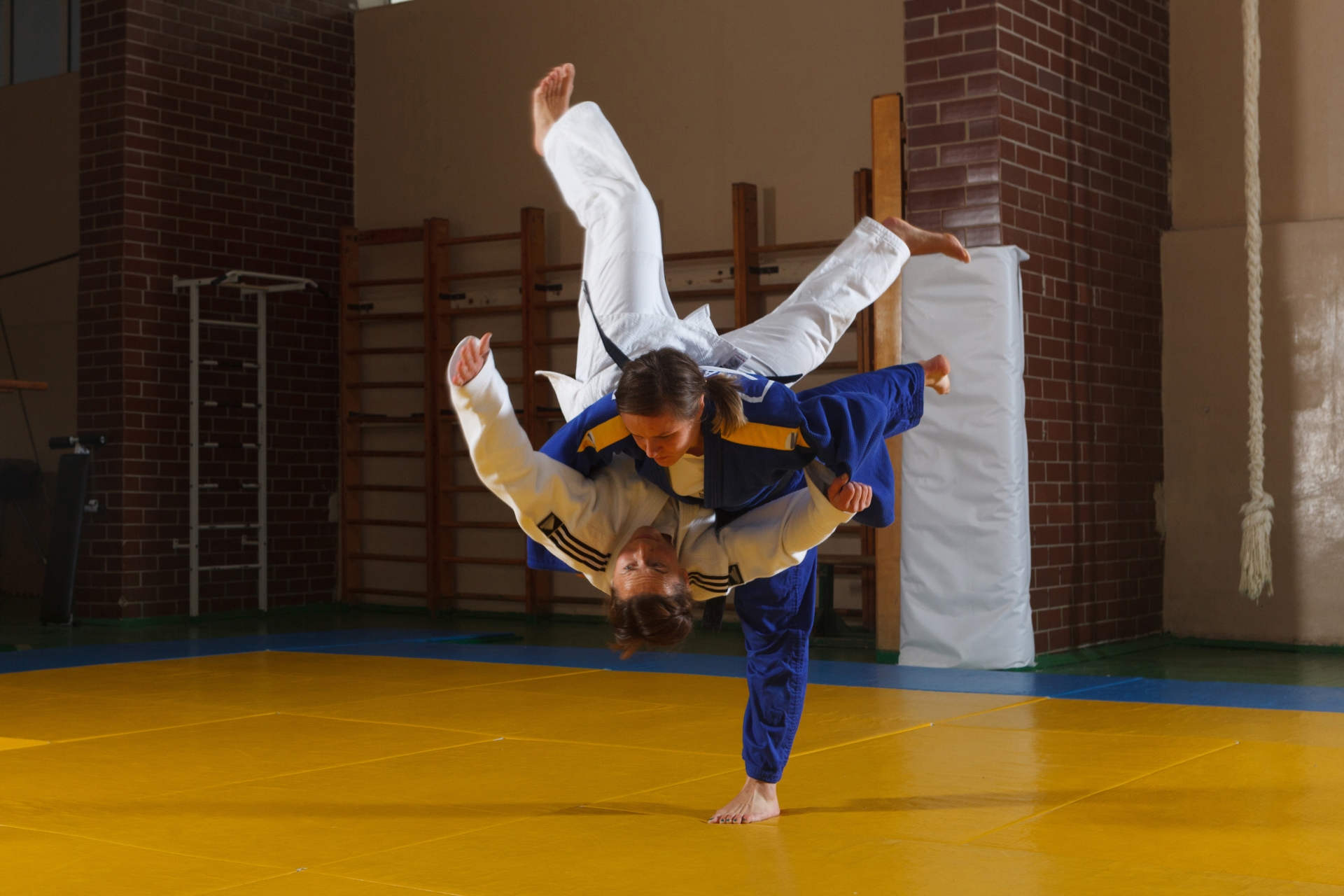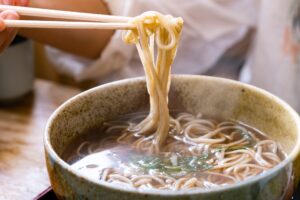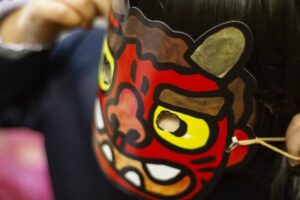Judo is a martial art that combines physical prowess and mental discipline, offering a comprehensive approach to self-defense, fitness, and personal development. This guide will provide you with an in-depth understanding of judo, including its history, fundamental techniques, health benefits, and practical tips for beginners.
What is Judo?
Judo, meaning “gentle way,” is a modern martial art, combat, and Olympic sport created in Japan in 1882 by Jigoro Kano. It evolved from jujitsu and emphasizes the principles of maximum efficiency and mutual welfare and benefit. Kano sought to develop a system that would enhance physical and mental health while providing effective self-defense techniques. Over the years, judo has grown into a globally recognized sport with millions of practitioners.
The philosophy of judo centers on two main principles: “Seiryoku-Zenyo” (maximum efficiency) and “Jita-Kyoei” (mutual welfare and benefit). These principles advocate using physical and mental energy efficiently and fostering a spirit of cooperation and respect among practitioners. Notable figures in judo history include Kano himself and several Olympic champions like Tadahiro Nomura, the first judoka to win three consecutive Olympic gold medals.
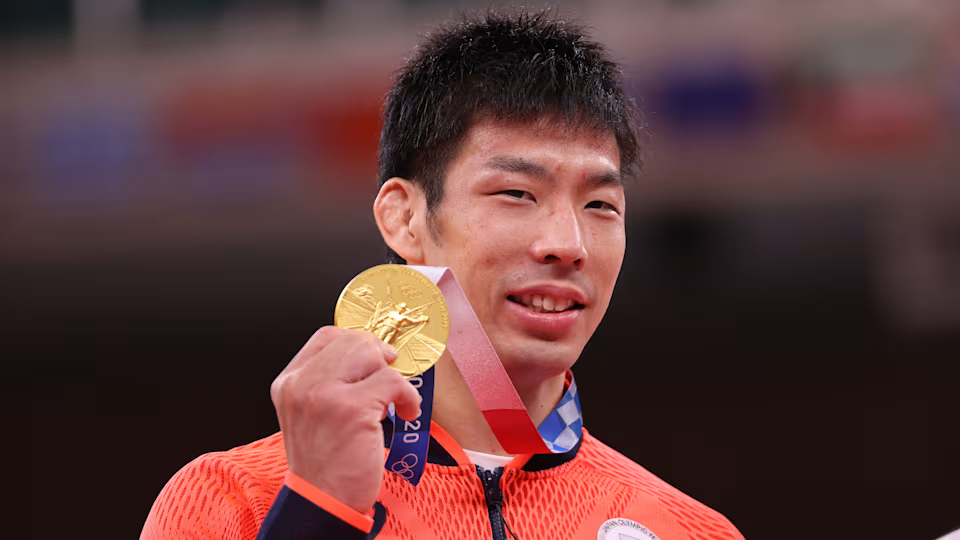
Most recently, at the 2024 Paris Olympics, Takanori Nagase achieved a remarkable feat by winning his second consecutive gold medal in the men’s 81 kg category.
Basic Judo Techniques
Judo techniques are divided into three main categories: nage-waza (throwing techniques), katame-waza (grappling techniques), and atemi-waza (striking techniques, although these are less emphasized in sport judo).
Throwing Techniques (Nage-Waza)
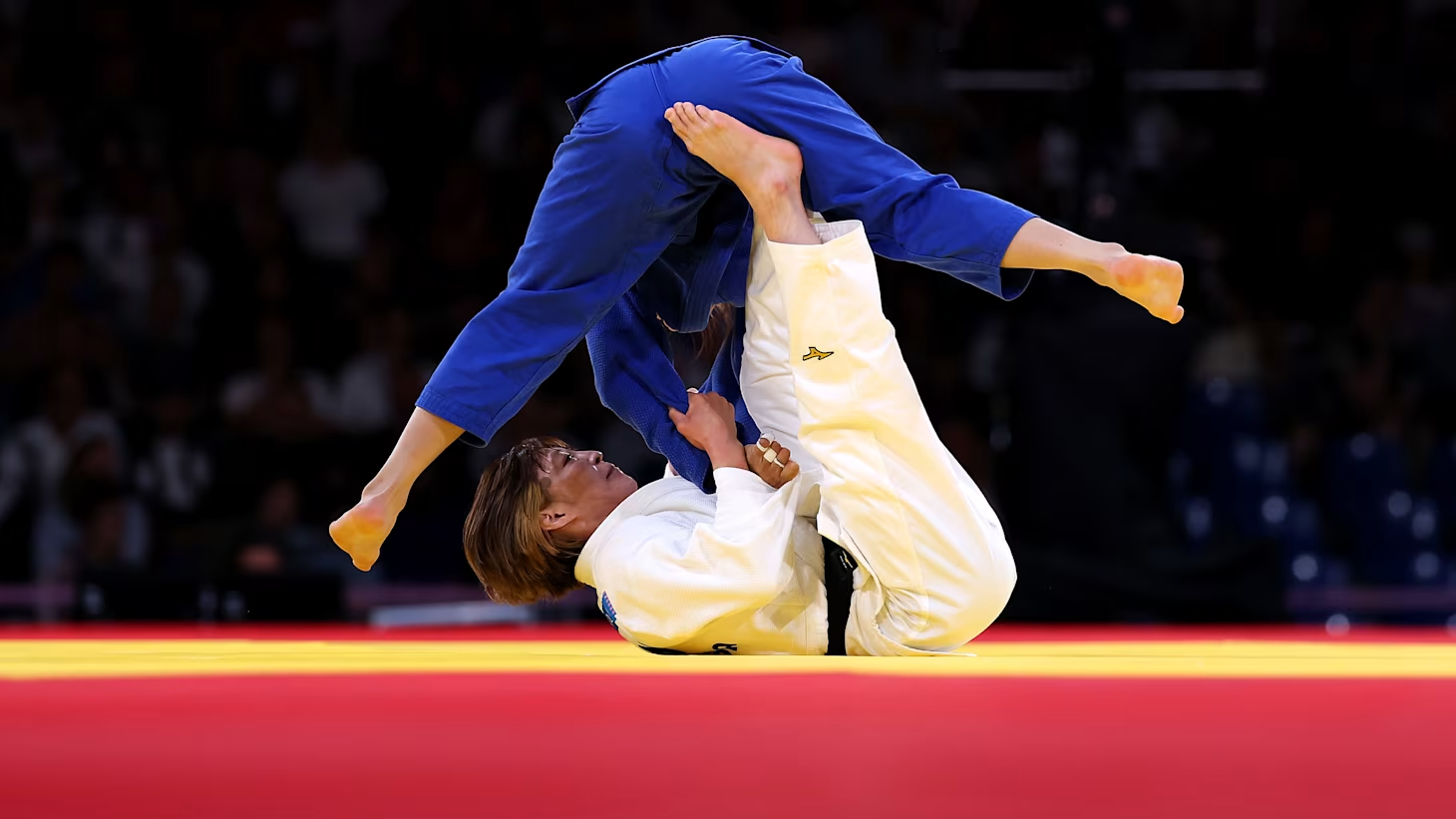
- Seoi-Nage (Shoulder Throw): This technique involves lifting the opponent onto one’s back and throwing them over the shoulder.
- Osoto-Gari (Major Outer Reap): This involves sweeping the opponent’s leg out from under them while pulling them down with an arm grip.
- Uchi-Mata (Inner Thigh Throw): A powerful throw where one leg is used to lift and flip the opponent over.
Grappling Techniques (Katame-Waza)

- Osaekomi-Waza (Hold-down Techniques): Securing the opponent on their back on the mat.
- Example: Kesa-Gatame (Scarf Hold).
- Shime-Waza (Choking Techniques): Applying pressure to the opponent’s neck to induce submission.
- Example: Hadaka-Jime (Rear Naked Choke).
- Kansetsu-Waza (Joint Lock Techniques): Manipulating the opponent’s joints to control or submit them.
- Example: Juji-Gatame (Cross Arm Lock).
Rules and Scoring in Judo
Judo matches are contested on a mat area, typically 8-10 meters square. Matches are won by throwing the opponent to their back with force and control, pinning them, or applying a submission technique.
Scoring
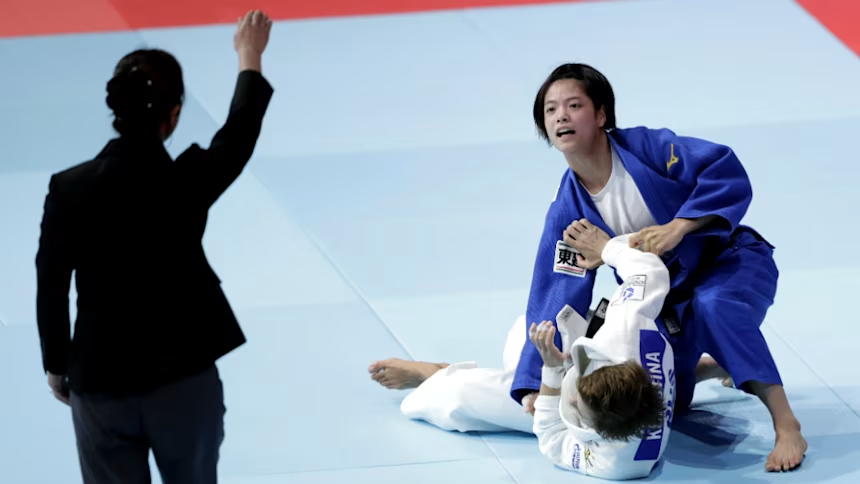
- Ippon: The highest score, awarded for a perfect throw, a 20-second hold-down, or a submission.
- Waza-Ari: Half-point, awarded for a less perfect throw or a 10-19 second hold-down. Two Waza-Ari equal one Ippon.
- Yuko: A score awarded for a minor throw or hold-down (no longer used in international competition but still found in some traditional settings).
Prohibited Actions
- Kansetsu-Waza (Joint Locks): Only arm locks are allowed in competitions.
- Shime-Waza (Chokes): Chokes are permitted, but striking techniques are not.
- Illegal Grips: Gripping the opponent’s uniform in a way that prevents movement or for a prolonged period without attacking.
Health Benefits of Practicing Judo
Practicing judo offers numerous physical and mental health benefits:
Physical Benefits
- Strength and Flexibility: Judo involves a full-body workout that improves muscular strength and flexibility.
- Cardiovascular Health: The intense physical activity boosts heart health and endurance.
- Coordination and Balance: Techniques require precise movements, enhancing coordination and balance.
Mental Benefits
- Stress Relief: The physical exertion and focus required can significantly reduce stress levels.
- Improved Focus: Learning and executing techniques improve mental discipline and focus.
- Self-Confidence: Mastery of judo techniques and principles builds self-confidence and self-esteem.
Studies have shown that judo practitioners tend to have better physical fitness and mental resilience compared to non-practitioners, making it an excellent activity for overall well-being.
Getting Started with Judo
Choosing a Dojo
- Research: Look for dojos with qualified instructors and a good reputation.
- Visit: Observe a class to see if the environment is welcoming and the teaching style suits you.
- Ask Questions: Inquire about class schedules, fees, and any trial classes.
Equipment Needed
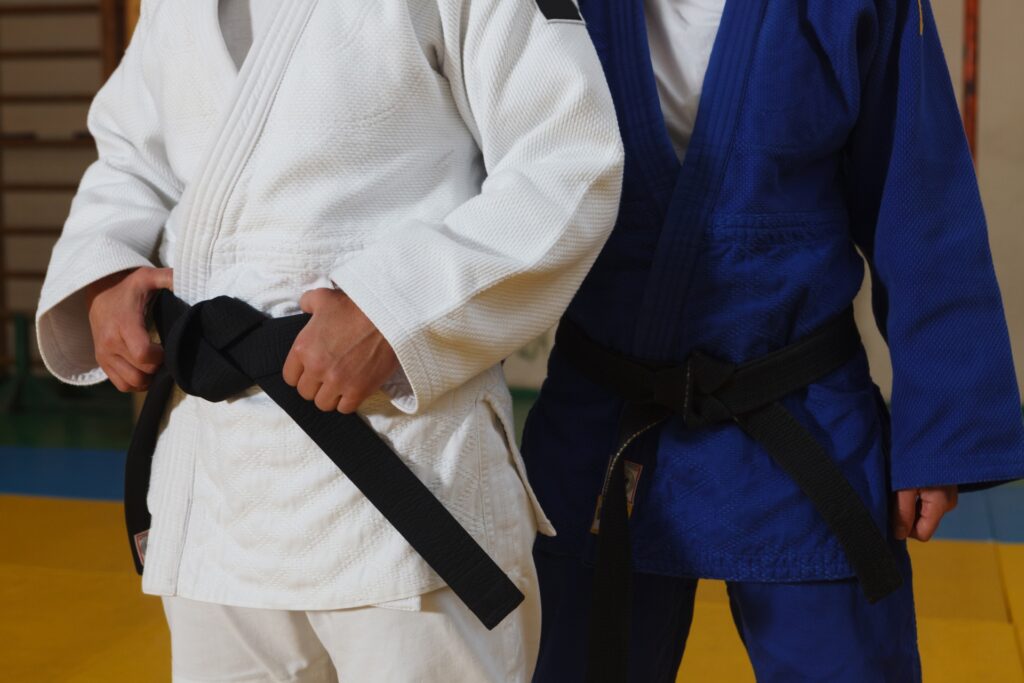
- Judogi (Judo Uniform): A reinforced jacket and pants designed for gripping and throwing.
- Belt (Obi): Indicates your rank and progress in judo.
First Classes
- Warm-Up: Expect a thorough warm-up to prevent injuries.
- Basic Techniques: Initial classes focus on fundamental movements and safety.
- Etiquette: Learning the dojo etiquette is essential, including bowing and addressing instructors.
Progressing in judo requires consistent practice, respect for the art, and a willingness to learn and improve.
Judo Training for Kids
Judo is highly beneficial for children, providing physical, mental, and social development:
Benefits for Children
- Physical Development: Enhances strength, coordination, and flexibility.
- Discipline and Respect: Teaches important values such as respect, discipline, and perseverance.
- Confidence and Social Skills: Boosts self-confidence and fosters teamwork and friendships.
Choosing a Judo School for Kids
- Qualified Instructors: Ensure the instructors are certified and experienced in teaching children.
- Safe Environment: The dojo should prioritize safety and have proper mats and equipment.
- Positive Atmosphere: Look for a school that emphasizes fun and positive reinforcement.
Preventing Injuries in Judo
Injuries can occur in any sport, but with proper precautions, they can be minimized in judo:
Common Injuries
- Sprains and Strains: Often result from falls or improper technique.
- Bruises: Common due to the physical nature of throws and grappling.
- Joint Injuries: Can occur from submissions if not properly executed or resisted.
Prevention Tips
- Proper Warm-Up: Always warm up thoroughly before training to prepare the muscles and joints.
- Technique Mastery: Focus on learning and practicing techniques correctly.
- Safety Gear: Use mouthguards and other protective gear as needed.
- Listen to Your Body: Rest if you feel pain or discomfort to prevent overuse injuries.
Incorporating a proper warm-up routine and following safety guidelines can help judokas enjoy the sport while minimizing the risk of injury.

